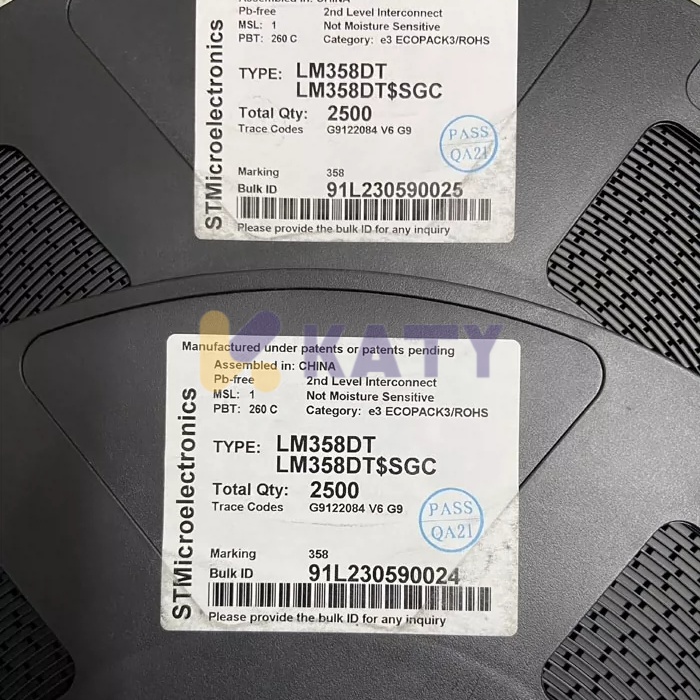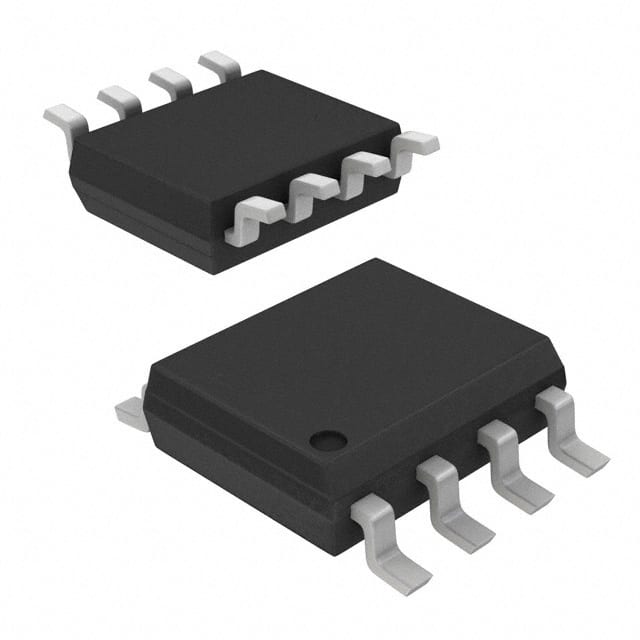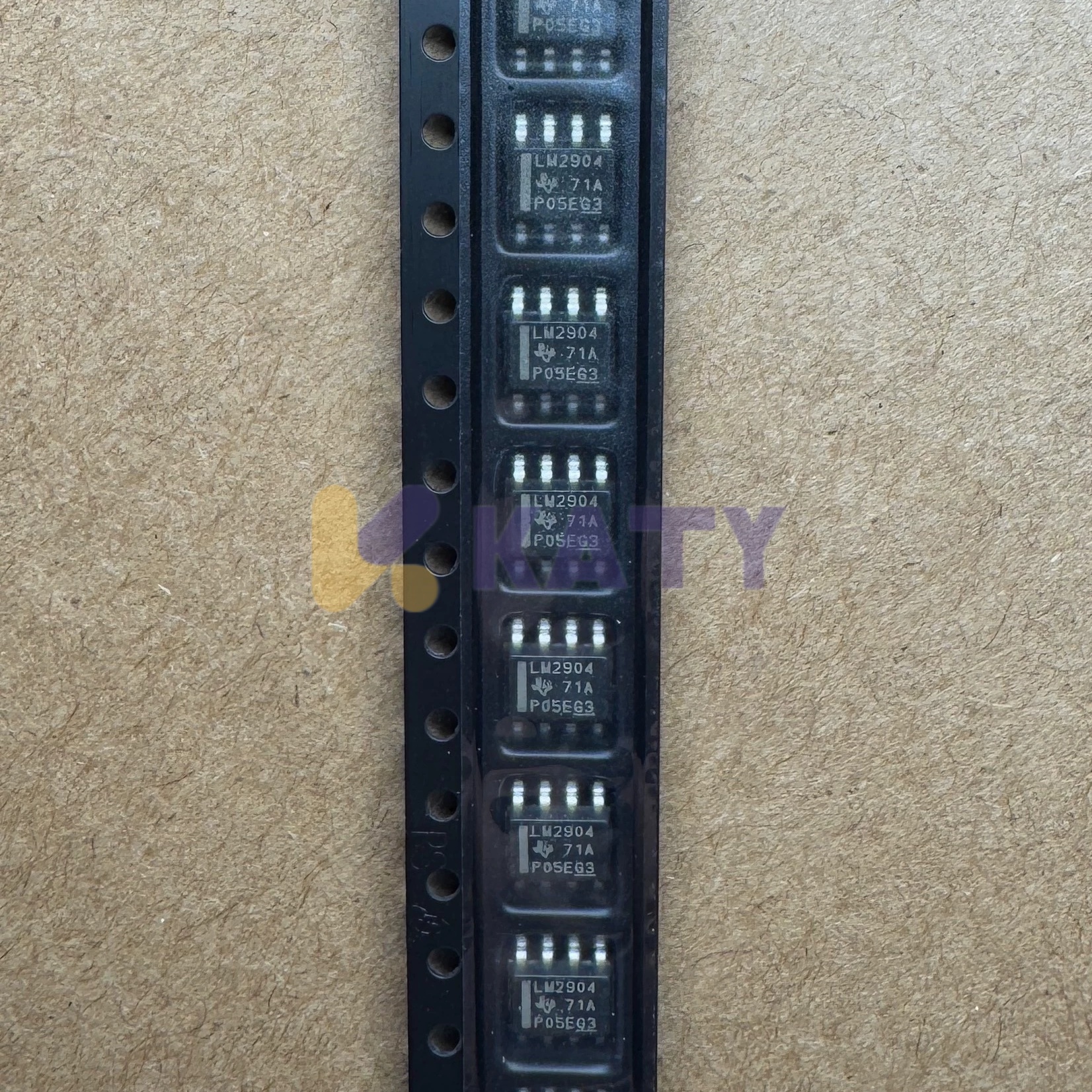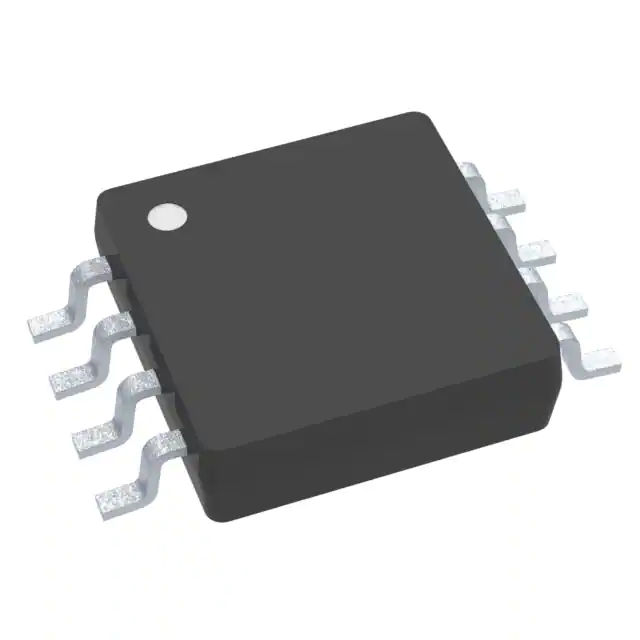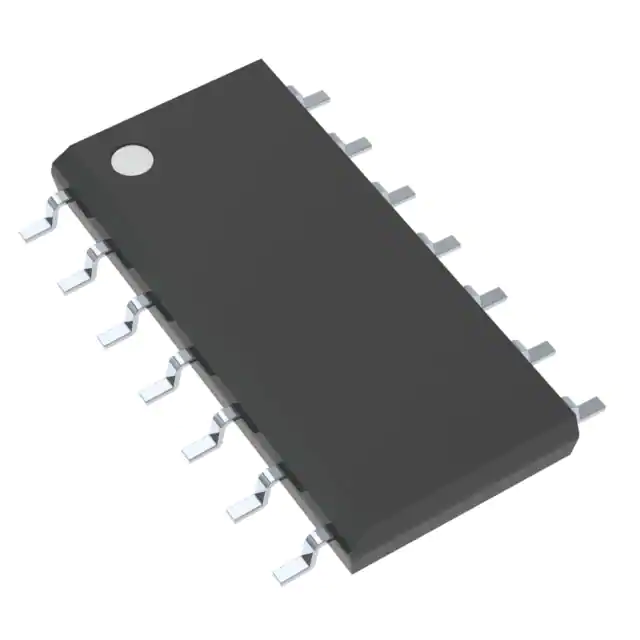LM741CN Op Amp: Everything You Need to Know
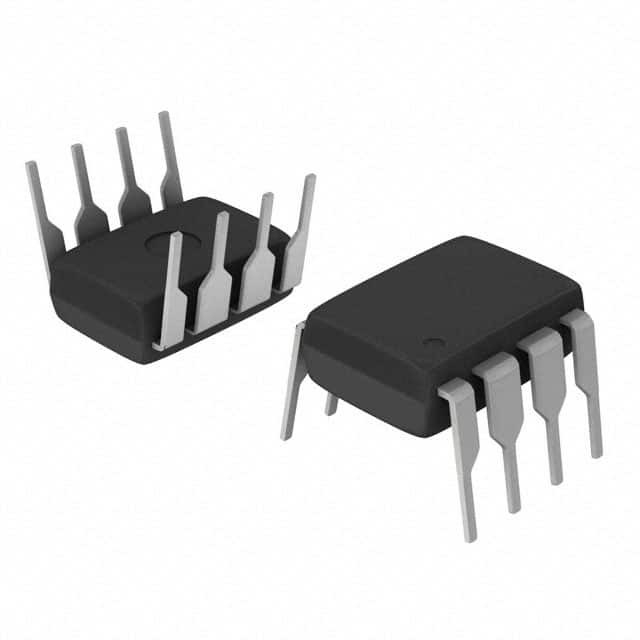
- Part No.:
- LM741CN
- Manufacturer:
- onsemi
- Package:
- 8-DIP (0.300", 7.62mm)
- Description:
- IC OPAMP GP 1 CIRCUIT 8DIP
- Quantity:
- Payment:

- Shipping:

Article Details
- Details
- Specifications
- Comparison
One of the most popular and easy to use op amps is the LM741CN. If you're building your first analog circuit, or you're an experienced designer using a combination of internal resistors and inductive devices, this device stays as the workhorse in many designs because it's simple, cheap, and it works.
In this post, we'll unravel just exactly what makes the LM741CN so good. In this post, we will discuss its datasheet, pinout, features, and how it differs from other ICs such as LM741CP. You will also learn where the NOPB version and manufacturers such as Fairchild and National Semiconductor come into play.
So when you see LM741CN NOPB, it means that you get the same op amp performance, but with a lead free package.
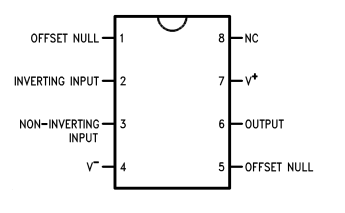 Pin 1: Offset Null
Pin 1: Offset Null
Pin 2: Inverting Input (-IN)
Pin 3: Non-inverting Input (+IN)
Pin 4: Negative Power supply (V-)
Pin 5: Offset Null
Pin 6: Output
Pin 7: V+ (Positive Power Supply)
Pin 8: Not Connected (NC)
The pin configuration (pinout) of the LM741CN op amp is the same as other packages and types like LM741 and LM741CP.
1.Inverting Amplifier
Employ this as inverting and amplifying input signal. This is a good example of lm741cn gain on the ground.
2.Voltage Follower
A perfect application for the LM741CN as it has a high input impedance and low output impedance. No amplification, just buffering.
3.Summing Amplifier
Perfect for audio mixing. Several signals are summed up to the inverting input.
4.Integrator / Differentiator
For analog computing, or for impact waveform shaping. Capacitors and resistors for ease of assembly.
LM741CN, LM741CP: Such a "CP" in particular might be a newer die, perhaps with improved specs like less offset voltage. Always compare datasheets.
In LTspice you can simulate the LM741CN by using the standard generic op-amp available already in the library or you can include a custom model file for this IC.
Multisim (lm741cn multisim live)
Test real-life circuits live on Multisim Live by dragging and dropping the LM741CN from the component library. This is an excellent learning aid.
National Semiconductor LM741CN: One of the original manufacturers. Now part of Texas Instruments.
Both are safe to shoot and interchangeable as well.
LM741CN-14: 14-pin with dual amps or extra features.
926 LM741CN NOPB: Could be a date/batch code or supplier number.
M8824 LM741CN & M9224 LM741CN: Part number from particular catalog listings or rebranding by distributors.
It doesn't matter if you're playing around in LTspice, trying to design an instrumentation amplifier from scratch, or simply ogling the LM741CN NOPB datasheet; for many EE's this little 8-pin device remains a go-to when it comes to analog.
In this post, we'll unravel just exactly what makes the LM741CN so good. In this post, we will discuss its datasheet, pinout, features, and how it differs from other ICs such as LM741CP. You will also learn where the NOPB version and manufacturers such as Fairchild and National Semiconductor come into play.
What Is LM741CN Used For?
The LM741CN is primarily used for signal amplification, voltage follower circuits, summing amplifiers, integrators in addition to a whole lot of other analog signal processing functions. Here is a general purpose op amp that can be used for:- Instrumentation amplifier designs
- Analog audio signal processing
- Active filters
- Oscillators
- Zero-crossing detectors
Understanding the LM741CN Datasheet
The LM741CN datasheet contains crucial data that makes this IC a distinct one. Here are some highlights:- Power Supply Voltage: ± 10 to ± 22V
- Input Offset Voltage: Typically 2mV
- Slew Rate: 0.5V/μs
- Gain Bandwidth Product: ~1MHz
- Input Bias Current: 80nA typical
- Max output voltage swing: ±14V with ±15V supply
LM741CN NOPB: NOPB Meaning?
NOPB stand for "No Pb", which means this device is lead-free and environmentally friendly package - RHoS. This model is environmentally friendly and also widely found in more recent designs, particularly those with an export focus.So when you see LM741CN NOPB, it means that you get the same op amp performance, but with a lead free package.
LM741CN Pinout (8-Pin DIP Version)
The 8 pin DIP is the most common type for the LM741CN operational amplifier. Here's the pinout:
Pin 2: Inverting Input (-IN)
Pin 3: Non-inverting Input (+IN)
Pin 4: Negative Power supply (V-)
Pin 5: Offset Null
Pin 6: Output
Pin 7: V+ (Positive Power Supply)
Pin 8: Not Connected (NC)
The pin configuration (pinout) of the LM741CN op amp is the same as other packages and types like LM741 and LM741CP.
LM741CN Op Amp Circuit Examples
Here are some example classic LM741CN op amp circuit configurations:1.Inverting Amplifier
Employ this as inverting and amplifying input signal. This is a good example of lm741cn gain on the ground.
2.Voltage Follower
A perfect application for the LM741CN as it has a high input impedance and low output impedance. No amplification, just buffering.
3.Summing Amplifier
Perfect for audio mixing. Several signals are summed up to the inverting input.
4.Integrator / Differentiator
For analog computing, or for impact waveform shaping. Capacitors and resistors for ease of assembly.
LM741CN Maximum Gain & Performance
The open-loop gain of the LM741CN is sufficient to be around 200,000x . However, as worked in a closed-loop configuration with external resistors, it's effectively infinite. Its 1MHz gain-bandwidth product suggests high gain is favorable at low frequencies.LM741CN vs LM741 & LM741CP
LM741CN vs LM741: Functionally identical. The CN version adds commercial temperature range and DIP packaging.LM741CN, LM741CP: Such a "CP" in particular might be a newer die, perhaps with improved specs like less offset voltage. Always compare datasheets.
LM741CN in Simulation and Prototyping
LTspice (lm741cn ltspice)In LTspice you can simulate the LM741CN by using the standard generic op-amp available already in the library or you can include a custom model file for this IC.
Multisim (lm741cn multisim live)
Test real-life circuits live on Multisim Live by dragging and dropping the LM741CN from the component library. This is an excellent learning aid.
Manufacturers: Fairchild & National Semiconductor
Fairchild LM741CN : You can trust this one to be available! Now under ON Semiconductor.National Semiconductor LM741CN: One of the original manufacturers. Now part of Texas Instruments.
Both are safe to shoot and interchangeable as well.
Special mention goes to:LM741CN-14, 926, M8824 and M9224
You may find variants like:LM741CN-14: 14-pin with dual amps or extra features.
926 LM741CN NOPB: Could be a date/batch code or supplier number.
M8824 LM741CN & M9224 LM741CN: Part number from particular catalog listings or rebranding by distributors.
Electronic Components That Use LM741CN
LM741CN based hardware, such as signal conditioners, data acquisition systems and analog meters, are used widely still today. It's this rare sort of thing that stays good, decade after decade.Conclusion: Why LM741CN Still Matters
Though there are newer precision modern op amps, the LM741CN is still a favourite. It's cheap, reliable, and you can buy it in big jugs from almost any major supplier. And it's not going anywhere soon, heavily featuring in education, simulation and prototyping kits.It doesn't matter if you're playing around in LTspice, trying to design an instrumentation amplifier from scratch, or simply ogling the LM741CN NOPB datasheet; for many EE's this little 8-pin device remains a go-to when it comes to analog.
- Product attributes
- Attribute value
- Manufacturer:
- onsemi
- Series:
- -
- Package/Case:
- 8-DIP (0.300", 7.62mm)
- Packaging:
- Tube
- Product Status:
- Obsolete
- Resistance:
- General Purpose
- Tolerance:
- 1
- Power (Watts):
- -
- Composition:
- 0.5V/µs
- Features:
- 1.5 MHz
- Temperature Coefficient:
- -
- Operating Temperature:
- 80 nA
- Supplier Device Package:
- 2 mV
- Ratings:
- 1.5mA
- Size / Dimension:
- 25 mA
- Height - Seated (Max):
- 10 V
- Number of Terminations:
- 36 V
- Failure Rate:
- 0°C ~ 70°C
| Image |  |
| Part Number | LM741CN |
| Manufacturer | onsemi |
| Series | - |
| Package/Case | 8-DIP (0.300", 7.62mm) |
| Packaging | Tube |
| Product Status | Obsolete |
| Amplifier Type | General Purpose |
| Number of Circuits | 1 |
| Output Type | - |
| Slew Rate | 0.5V/µs |
| Gain Bandwidth Product | 1.5 MHz |
| -3db Bandwidth | - |
| Current - Input Bias | 80 nA |
| Voltage - Input Offset | 2 mV |
| Current - Supply | 1.5mA |
| Current - Output / Channel | 25 mA |
| Voltage - Supply Span (Min) | 10 V |
| Voltage - Supply Span (Max) | 36 V |
| Operating Temperature | 0°C ~ 70°C |
| Grade | - |
| Qualification | - |
| Mounting Type | Through Hole |
| Supplier Device Package | 8-DIP |

